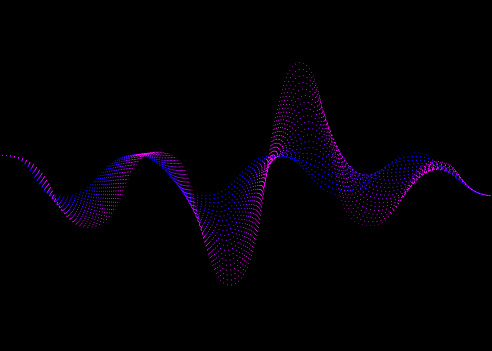People often say that practice makes perfect, and music is no exception. From virtuosos to amateurs, rehearsal is a key part of mastering the craft.
A recent study led by Caroline Palmer, a professor in McGill’s Department of Psychology, questioned if practice truly does make perfect, or if underlying genetic mechanisms contribute to an artist’s musical ability. The McGill-led research team identified neural markers that correspond to a musician’s ability to synchronize with beats. The researchers found a connection between one’s quality of synchronization and these neural markers, with some experienced musicians struggling to synchronize with complex beats.
Neural markers can be either proteins or nucleic acids, such as DNA or RNA, that are expressed in undifferentiated cells during neurogenesis––the process in which neurons are formed. These markers allow researchers to attribute different perceptive functions to specific parts of the brain and are valuable to the study of how neural networks develop.
“My collaborators Brian Mathias and Anna Zamm, [both] accomplished musicians, and I were inspired by the fact that musicians are very skilled at synchronizing their movements with a wide range of musical rhythms,” Palmer wrote in an email to The McGill Tribune.
Musicians must coordinate their sounds and movements on the scale of milliseconds. The inspiration for this study stemmed from a lack of research into how neural networks support auditory perception and movement control, and how musicians can precisely synchronize their movements to create and match beats.
“Our ultimate goal, and my contribution to the research, is to better understand the mapping between brain states and behavioural states as musicians synchronize with musical rhythms,” Palmer wrote.
Using electroencephalography (EEG), which measures neural activity and the types of brain waves it produces, researchers tested the ability of the brain to synchronize with beats. They also measured synchronization behaviour—the brain’s ability to dictate motor-control—using a metric known as temporal accuracy. Temporal accuracy is the ability of a musician to resist deviating from timed judgements that allow them to synchronize their beat with a musical rhythm.
Musical rhythms arise from the relationship between time, also known as tempo or the frequency of a beat, and sound (i.e. notes). Rhythms can be either simple or complex, depending on how long notes are played for and the emphasis given to each note. The study involved gathering data from performing musicians with at least six years of formal instruction.
“We wanted to examine changes in [the] neural networks [of] people who could synchronize with both ‘simple’ and ‘complex’ rhythms,” Palmer wrote.
Musicians were asked to synchronize with beats by tapping their hands to a given rhythm. At the same time, electrodes attached to their scalps measured their brains’ EEG signals. The researchers hypothesized that musicians synchronize better when their neural rhythms align with the rhythm of the music they are playing.
The results of the study showed that even experienced musicians had difficulty synchronizing with complex rhythms. Researchers identified a correlation between the quality of synchronization and the strength of “EEG power” in neural markers; musicians who synchronized better showed greater EEG power, which suggests that the frequency of their brain waves better matched the frequency of the beat. Those who did not synchronize as well showed weaker power. Researchers still do not know if these results can be generalized to individuals without professional musical training.
In the future, performers may be able to use EEG measures to become better synchronizers through the use of neurofeedback methods. While practice improves the alignment of brain rhythms with musical rhythms, it is unclear whether anyone could become what Palmer calls a “super-synchronizer”: Someone with the ability to synchronize with very complex beats.
The study can also have implications in a variety of fields such as medicine and physical and speech therapies.
“Musical rhythms are also used to aid recovery of speech functions following a stroke, and to aid individuals with gait disorders to walk,” Palmer wrote. “It would be exciting to examine the neural markers for synchrony […] in health applications such as these.”









